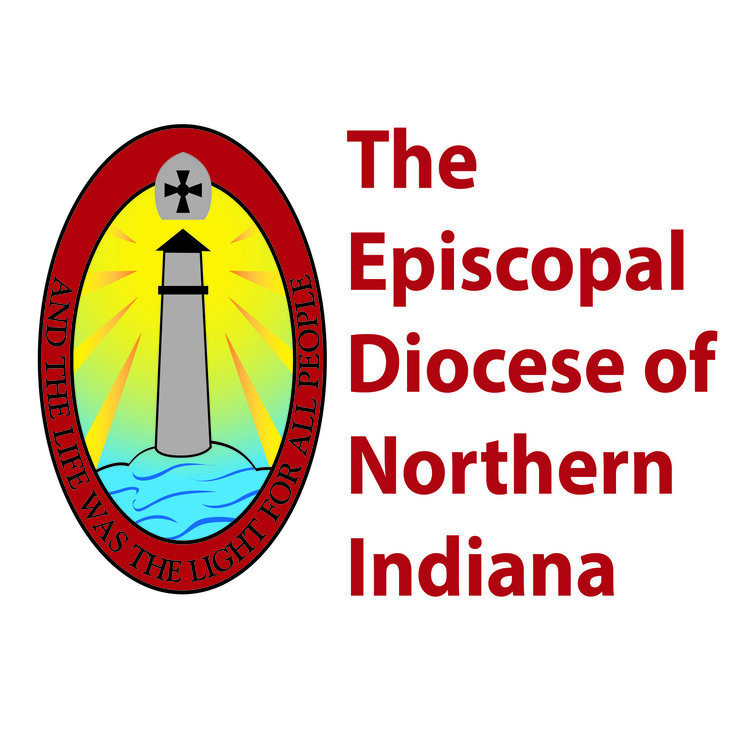Dear Brothers & Sisters,
A couple of years ago I received a Facebook “friend” request from William, an Anglican Christian living in Peshawar, Pakistan. He was an active parishioner at All Saints Church and a school principal. Over the next few months, he and I got to know bits and pieces about each other as we read Facebook posts and exchanged the occasional “like”. He was, I learned, a man of deep faith, committed to the Lord, to the church, and to his students.
I say “was,” because on September 22, 2013, two suicide bombers blew themselves up during the coffee hour following the liturgy at All Saints Church. 127 people were killed, among them my Facebook friend William.
It has become commonplace for Christians to recognize that we live in the age of the martyrs. Christians are dying for their faith in unprecedented numbers. In Mosul, Iraq, ISIS gave Christians a grim choice: convert to Islam; pay a special tax; leave; or die. Hundreds of thousands have fled. Countless Christians (and other religious minorities) have died. The vicar of St. George’s Anglican Church in Baghdad, Canon Andrew White, tells a heartbreaking story about the death of a child he had baptized, a child murdered by ISIS. “I’m almost in tears,” he writes, “because I’ve just had somebody in my room whose little child was cut in half. I baptized his child in my church in Baghdad. This little boy, they named him after me – he was called Andrew.” In our own day, Christians are dying because they believe in Jesus. Martyrdom is neither theoretical nor a thing of the distant past. My friend William’s story, and young Andrew’s, is being repeated all over the world.
In the face of these monstrous events, what can we do? On one level, nothing. While our government – and many others – debate how to respond to ISIS and other groups that perpetrate atrocities, how and whether to intervene, we daily watch images on television of evil spinning out of control. We can be overwhelmed with a sense of helplessness. On another level, however, it’s essential that we call to mind our primary “weapon”: prayer. After reminding his friends in Ephesus that “our struggle is not against enemies of blood and flesh, but against the rulers, against the authorities, against the cosmic powers of this present darkness,” he goes on to urge them to don spiritual armor, and then adds: “Pray in the Spirit at all times in every prayer and supplication. To that end, keep alert and always persevere in supplication for all the saints” (Eph. 6:12,18). It is no small matter when the Body of Christ mobilizes in prayer. I encourage every parish in the Diocese of Northern Indiana to include prayer for those under persecution in the Prayers of the People. Hold our brothers and sisters in your hearts. Offer them to Jesus. And remember, too, that painful word of Jesus himself: “Love your enemies and pray for those who persecute you” (Matt. 5:44). We pray for the victims, for protection and peace; we pray for the victimizers and place them in God’s hands.
Consider, too, the possibility of a donation to ministries that support persecuted Christians. One organization, recommended on the website of the Anglican Communion, is the Foundation for Relief and Reconciliation in the Middle East (you can find information at http://frrme.org; they also have a Facebook page with regular updates). The Foundation specifically supports the ministry of Canon Andrew White in Baghdad as he most heroically works with the suffering Christian community in that troubled part of the world; it’s website contains much valuable (and tragic) information. Even a small contribution to this or another ministry that supports persecuted Christians is a sign that, in Christ, we are one body, bound indissolubly together. “If one member suffers, all suffer together with it; if one member is honored, all rejoice together with it. Now you are the body of Christ and individually members of it” (1 Cor. 12:26-27).
With all blessings –
Yours in Christ,
+Ed
